A few months ago I was asked if I wanted to photograph one of the longest telephoto lenses in the world. At first I was a bit confused as I usually photograph with lenses, not the lenses themselves. But the editor soon explained: The lens in question has a focal length of 170 m (yes, that’s about 1260 times that of my trusty 135 mm lens) and an aperture with a diameter of 10.4 m. It is called the GRANTECAN (Gran Telescopio Canarias) and it is the largest optical telescope on Earth. Like all larger telescopes it sits in a high-altitude area where it’s cold and windy most of the time. And cold and windy it was when I was up there!
Located on the Roque de los Muchachos peak on the rather small island of La Palma, GRANTECAN is accessible by a narrow mountain road. At first sight I was impressed both by its size and its surroundings that include amazing sights like the two Cherenkov telescopes which are basically large circular mirrors that stand out in the open.
At the telescope I was greeted by Nieves Castro, an astronomer who has been working at this telescope since 2016 (before that she worked at the IAC, the Instituto de Astrofísica de Canarias, on Tenerife). For this first look at the inside of the dome I left my cameras in the car as I wanted to learn about the features of the instrument and think about it for a while before I would start shooting.
Photographing a technical system like a telescope is not an easy thing. While the outside of the dome has a simple, distinctive shape that makes it obvious what it contains, the inside is basically a visual mess of scaffolding, catwalks and tubes. I had pondered for weeks how to shoot it, and no clear idea had presented itself while I had been looking at photographs I found on the Internet. So I waited for what idea would come up when I saw the real thing, live and in 3D.
The defining feature of the telescope is of course its primary mirror. It measures 10.4 m in diameter and is made up of 36 individual six-sided elements, each of which can be adjusted with micrometer precision by electric actuators. This so-called active optics is needed to compensate for influence by wind, mechanical stresses and temperature difference. A mirror that size made of one piece of glass would deform simply by its own weight.
The entire optical systems of GRANTECAN sits on a rotating platform with a total weight of 400 tons. As it needs to be positioned with extreme accuracy, it floats on a thin film of oil which makes the force necessary to turn it so low that one can actually turn the entire platform by hand.
But now back to the process of taking pictures of the telescope. After my initial tour I let all the impressions sink in. I spent a good part of the night thinking about how to convey them to whoever would be looking at my pictures.
As I mentioned before, the location of the telescope is amazing. I got up early and made my way to the top of Roque de los Muchachos before sunrise, as I hoped there would be interesting light at that hour. And the gods were merciful! The sun rose behind Pico del Teide on Tenerife and illuminated the ridge on which other telescopes sit just beautifully. There was a clear view to show how the dome of GRANTECAN sits above the clouds.
Later that morning I met with Nieves Castro again, this time for the actual photo session. After some exploration I found a place on the scaffolding of the telescope where I could place her, both as a reference for revealing the enormous size of the primary mirror as well as showing that real people work with this instrument. I lit her with a remotely controlled flash as there was very little light in that corner of the structure.
To show the mirror as part of a larger system within the dome, I photographed it with a fisheye lens.
In the photographs of the mirror one can see that not all segments have the exact same color. This is due to dust, which gathers on the reflecting surfaces over time. As the cleaning process cannot be performed for the entire mirror at once, the workers at the telescope exchange one segment for a clean one at a time. The dusty segment is then taken to a workshop on the ground floor of the building, where it is cleaned. Sometimes there is damage to the reflective aluminum coating of a segment, and even that can be taken care of in the workshop. There is a vacuum chamber that allows for re-coating. In fact I saw a segment with all reflective material removed, waiting for a new layer of aluminum. The segments are made of Zerodur®, a glass-ceramic that has a very low coefficient of thermal expansion. A similar material, made by the same company (Schott in Germany) is used for the well-known Ceran® cooking surfaces.
My plan for the evening was to take some pictures of the outside again as I knew the sun would be setting behind the GRANTECAN building. But the weather didn’t seem to play along as it had in the morning. The wind was so strong that I trouble getting out of my car. The telescope dome was in the clouds that were racing by and could only be seen for a few seconds every other minute or so. The astronomical app on my smartphone showed that the sun had just disappeared behind the horizon. As I was just about to leave, the sky suddenly cleared and presented a wonderful view of the structure between layers of scattered clouds.
Due to the high winds the telescope could not be used while I was there. I think there are some great visual opportunities when the dome is open (which is actually the case on 75% of winter nights; I really had bad luck), so be prepared for a sequel to this article as soon as I can get back to GRANTECAN.
My thanks go to the great team at the Gran Telescopio Canarias, especially Nieves Castro Rodríguez who provided lots of information and was extraordinarily patient with the photographer's wishes and ideas.


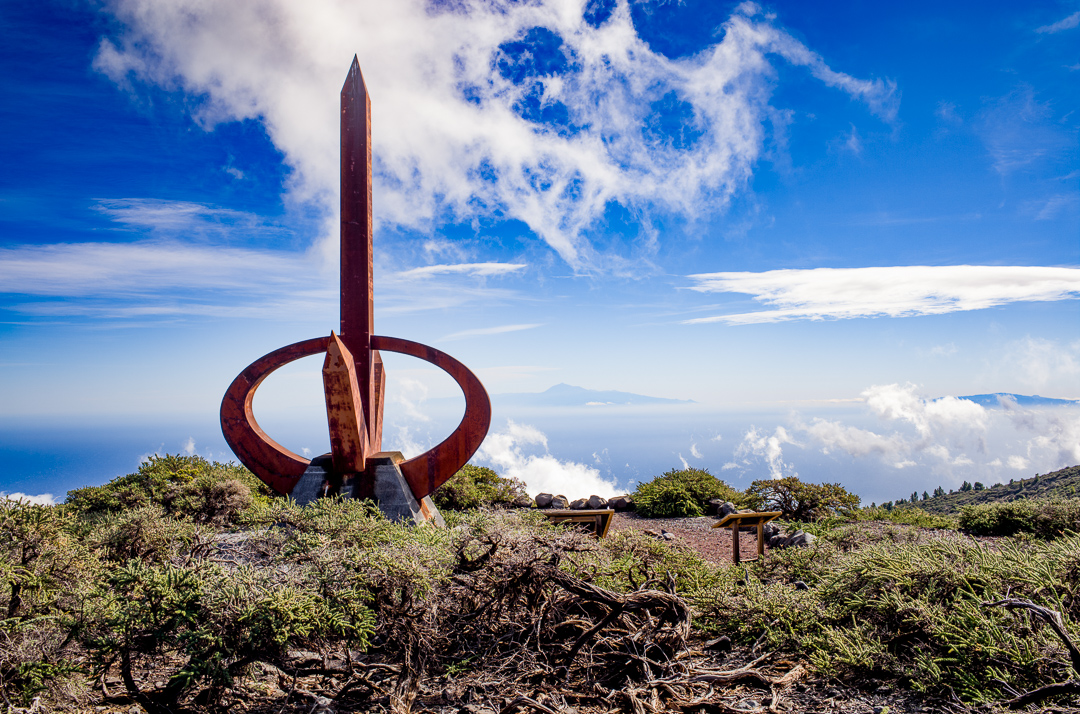
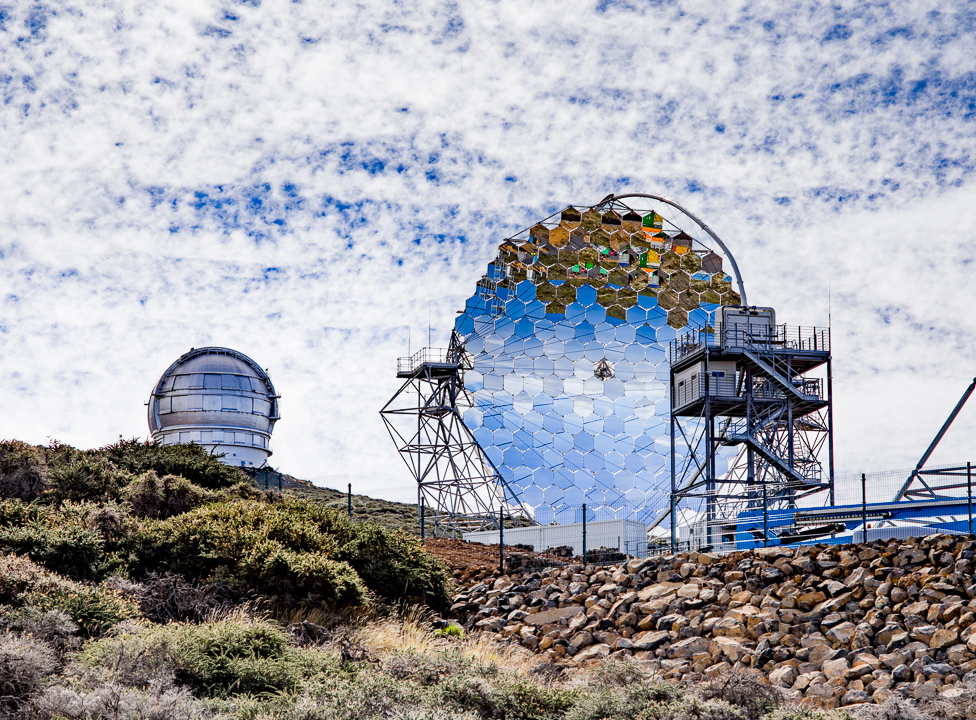
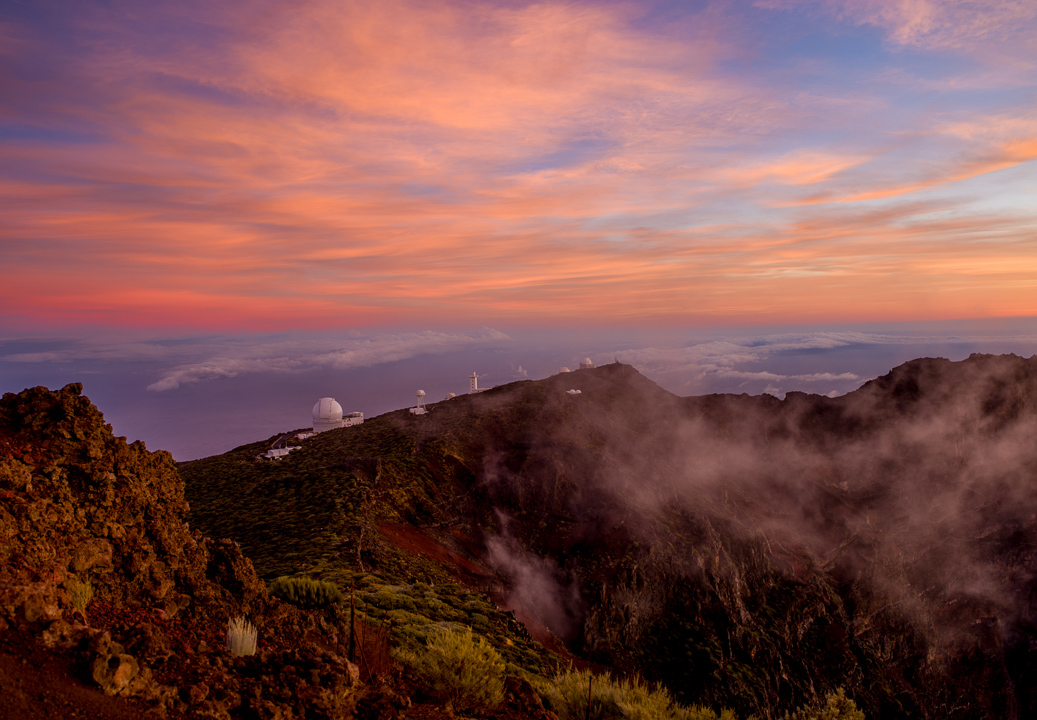
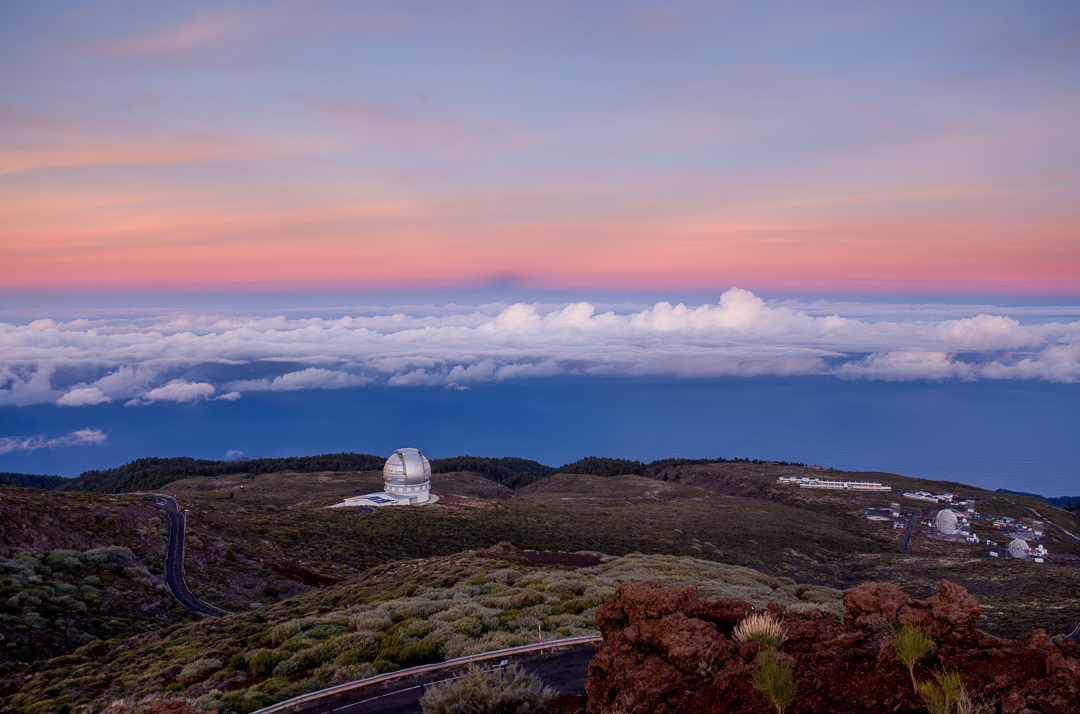
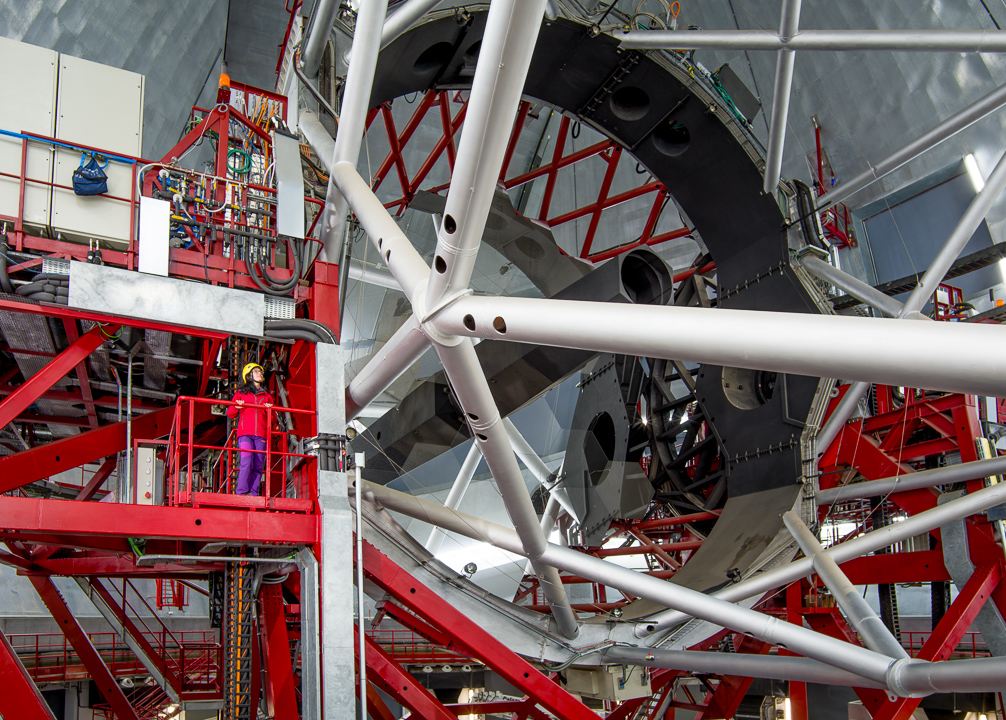
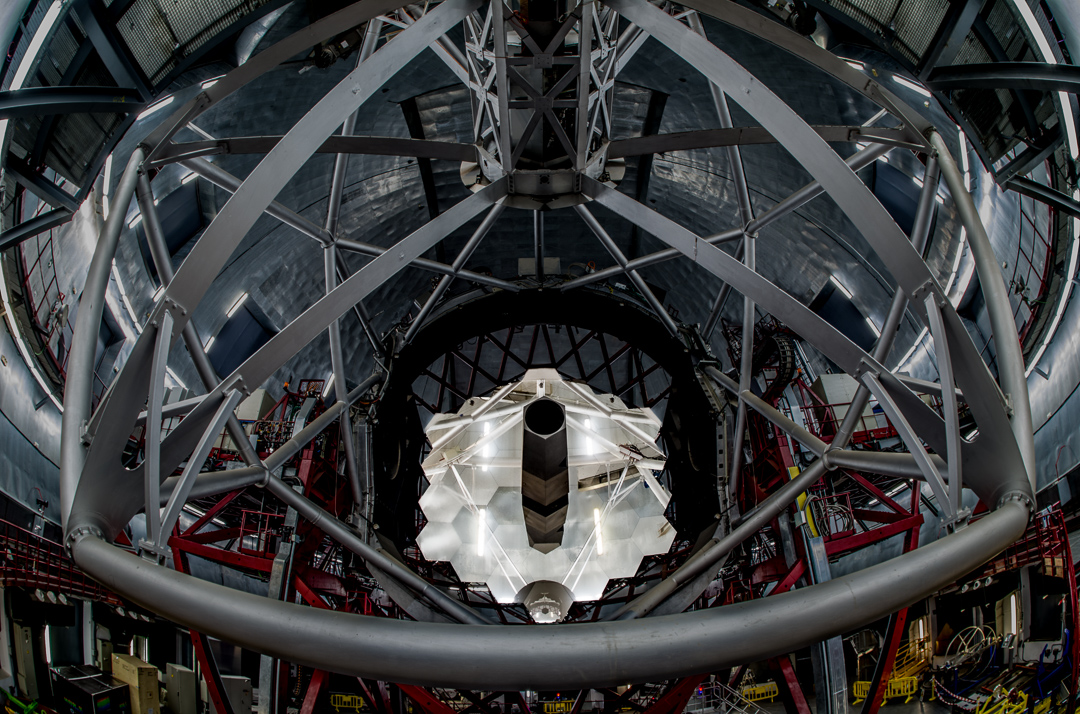
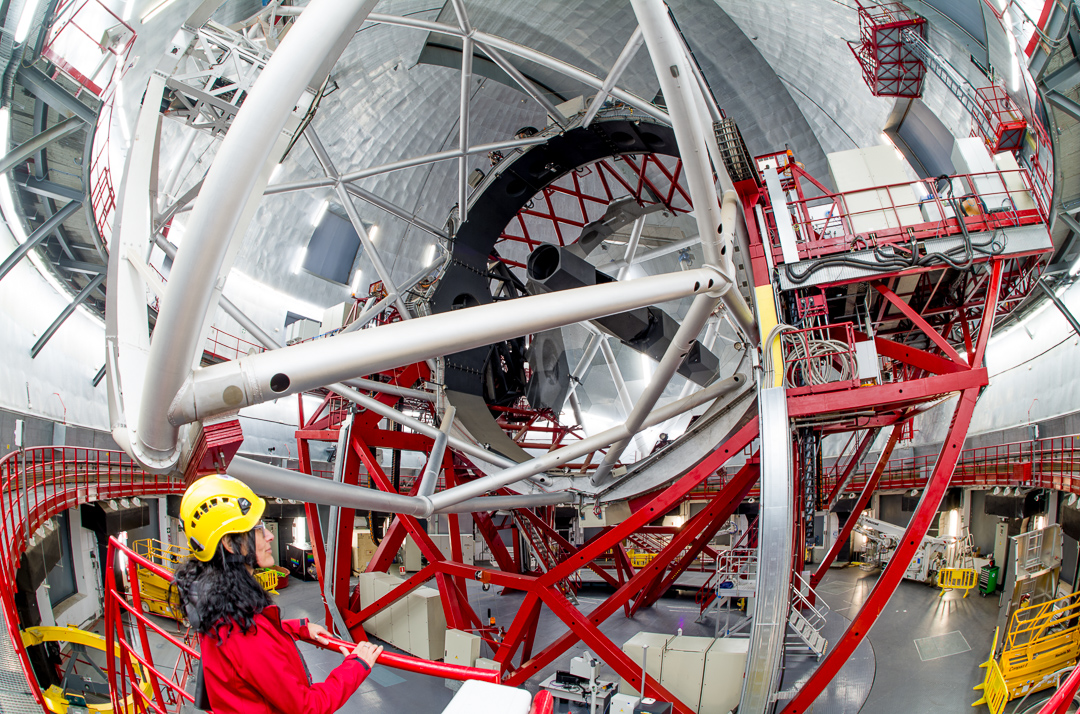
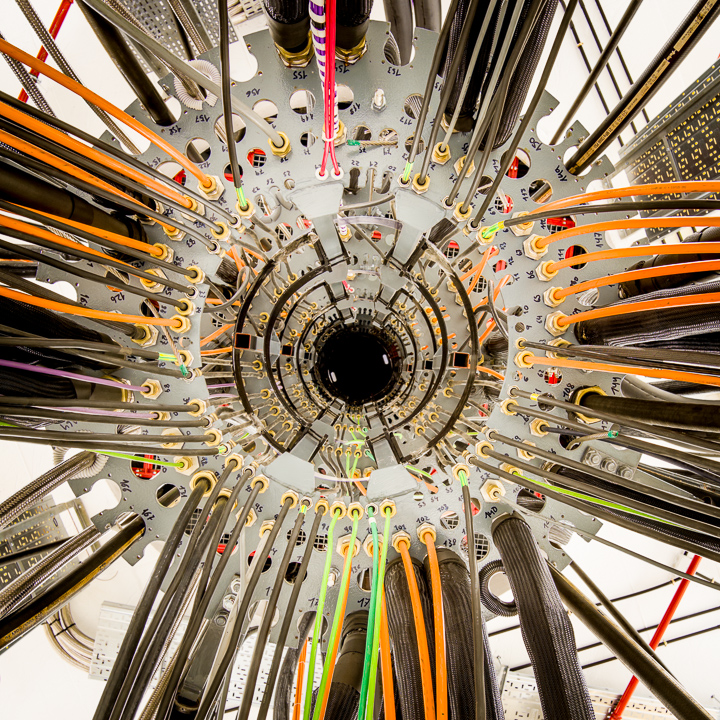
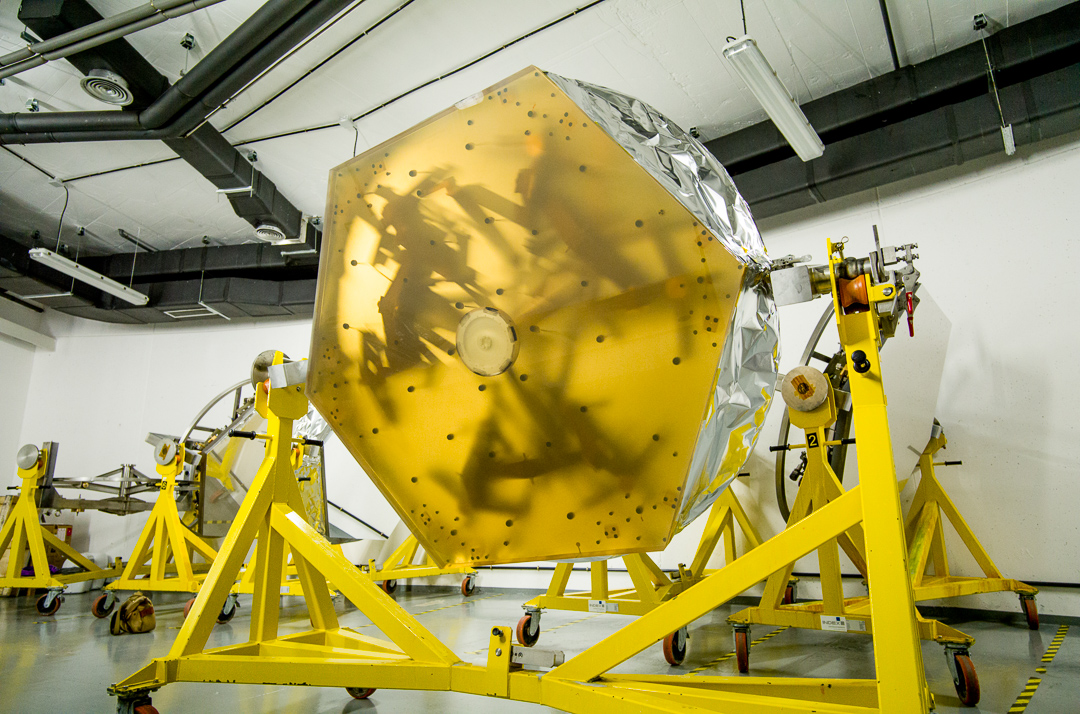

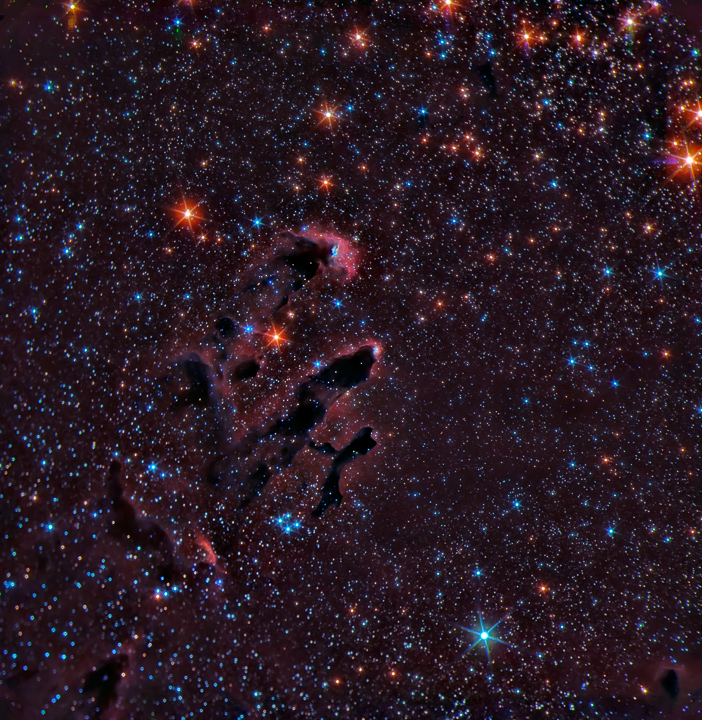
Leave a Reply